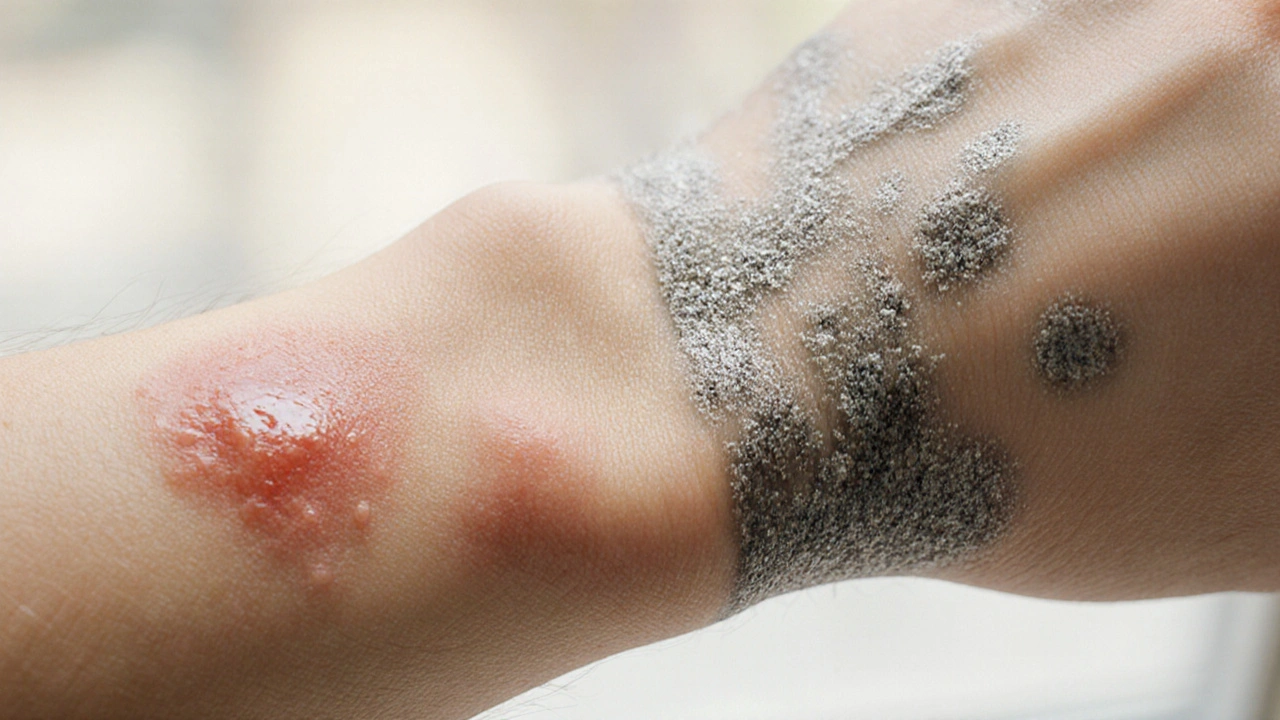Rash vs Disease: Quick Ways to Spot the Difference
Ever wonder if that itchy patch on your arm is just a harmless rash or something your body is trying to tell you? You’re not alone. A lot of people see a red spot and panic, while others ignore a warning sign until it gets worse. Below we break down what to look for, when a rash is likely harmless, and when it may be a symptom of a deeper problem.
Common Signs of a Simple Rash
Most everyday rashes are short‑lived and easy to treat. They usually appear after a new soap, a plant bite, or a bout of sweat. Look for these clues:
- Itchy, red, or slightly raised skin that stays in one spot.
- No fever, chills, or feeling sick.
- It shows up within a day of the trigger and fades in a few days.
- It responds to over‑the‑counter creams, antihistamines, or a cool compress.
If you match most of these points, the rash is probably benign. You can try an anti‑itch lotion or an oral antihistamine and see if it improves in 48 hours.
When a Rash Means Something More Serious
Some skin changes are actually clues that an illness is brewing. Pay attention if you notice any of the following:
- Fever, body aches, or fatigue along with the rash.
- The rash spreads quickly or changes shape.
- Painful blisters, pus, or a blackened center.
- Rash on the palms, soles, or behind the ears.
- Recent medication changes or a new prescription.
These patterns often point to infections, allergic reactions, or autoimmune conditions. In those cases, a quick call to a healthcare professional is the safest move. Early diagnosis can prevent complications and guide the right treatment.
Here’s a quick checklist to decide whether to self‑manage or seek help:
- Do you have a fever or feel generally ill? – Call a doctor.
- Is the rash spreading fast or getting worse after a day? – Schedule a visit.
- Did you start a new medication or supplement? – Talk to your pharmacist or doctor.
- Is the rash painful, oozing, or has solid spots? – Get medical advice.
- Otherwise, try OTC cream and monitor for 48 hours.
RXFastFind makes it easy to look up the drugs or supplements you’re taking. A quick search can tell you if a medication lists rash as a side effect, helping you decide if you need a professional opinion.
Bottom line: most rashes are minor, but a few red flags mean it’s time to get checked out. Trust your gut, use the checklist, and when in doubt, reach out to a health provider. Your skin often gives the first hint—listen to it, act fast, and you’ll stay one step ahead of bigger problems.
How to Tell If a Skin Rash Is Actually a Disorder
Learn how to tell a short‑lived skin rash from a chronic skin disorder with easy signs, a comparison table, and practical steps for home care or professional help.
